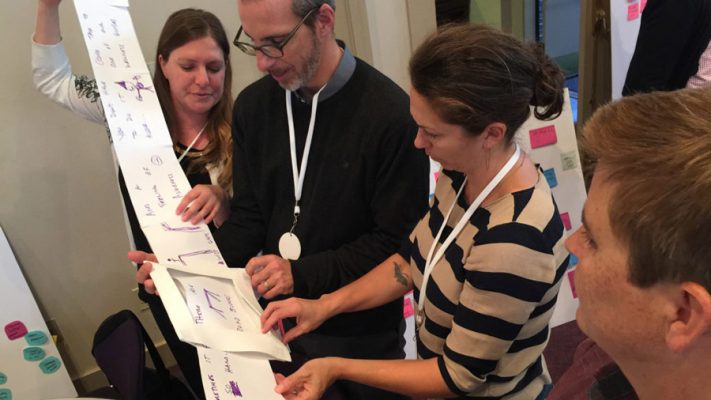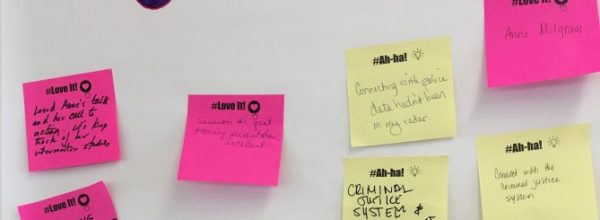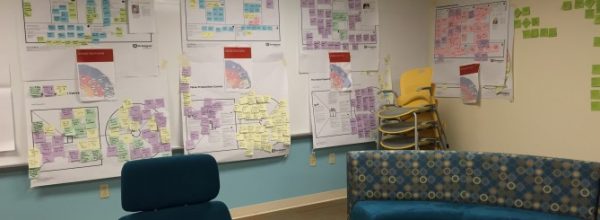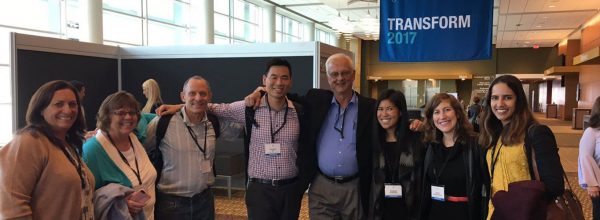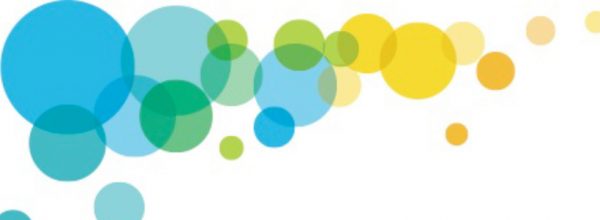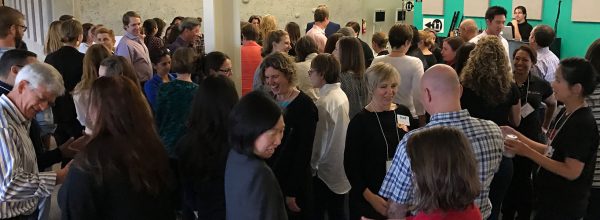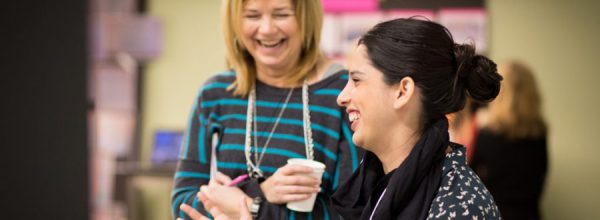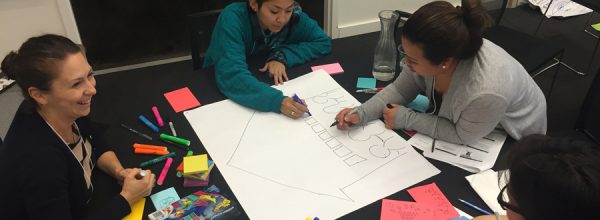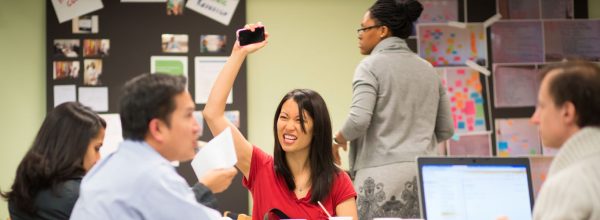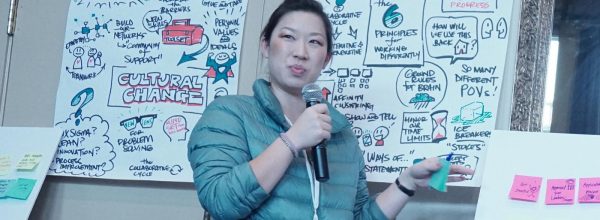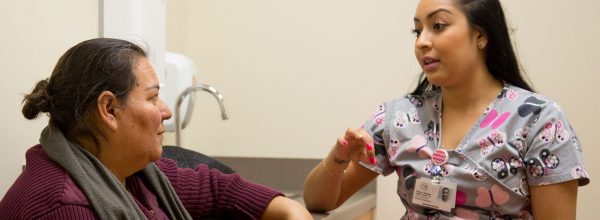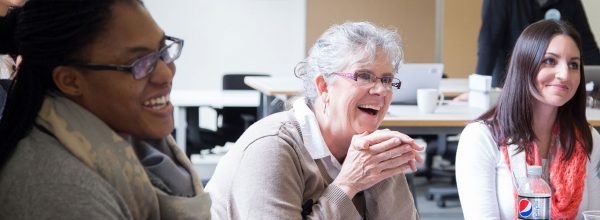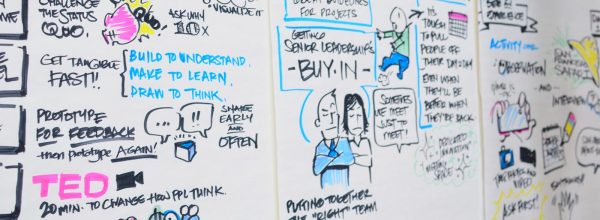Last year was a big year for us. We did a ton of work, and we went through a number of changes internally. But we also learned a lot, and we wanted to kick off 2016 by sharing some of the lessons we are carrying forward to help us—and you—support positive change more effectively. Here are our top ten lessons from 2015 for innovating in the year ahead.
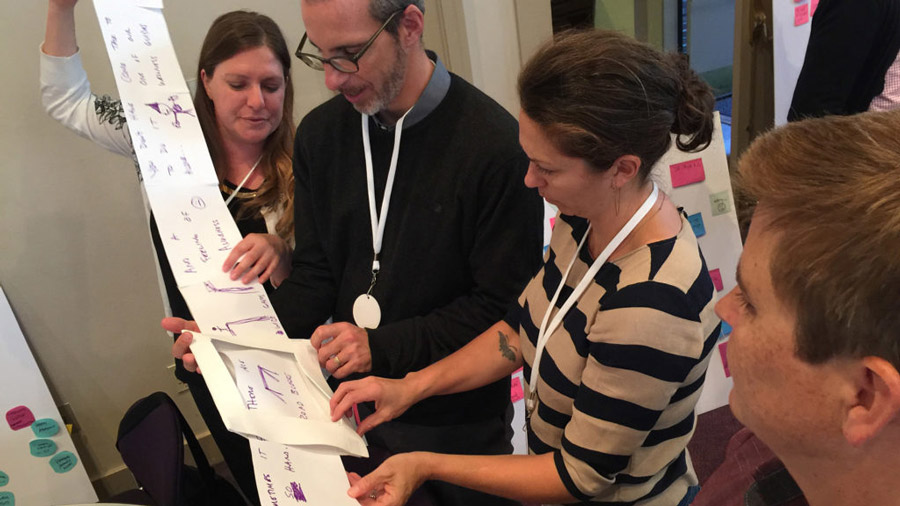
- Innovation isn’t a solo sport. The lone genius who stares at a chalk board and has a revelation that changes the world—that’s not how it works. Innovation is about getting the right heads together in the right room. The first step is always to find like-minded people and garner leadership support. This is a must if you are to engage in meaningful change. Even building an informal team to talk over a new idea can be a critical step to creating any kind of momentum.
- Start small and start now. One of the biggest challenges we see is that people wait until an idea is fully baked before they are willing to commit time or resources to a project. When you do this, you miss the opportunity to learn and adjust your idea based on the (many) unforeseen realities you are likely to encounter. Worse, because you think the idea is “done,” it’s hard to let go of an idea that may not be working. If we start small, test frequently, and learn from these tests, we can make more progress then we would waiting around for the big idea to come.
- Specific resources are more valuable than general suggestions. During our Spread and SNAP programs, we heard over and over how useful it was to share really specific resources demonstrating exactly how clinics are executing their innovations. From hiring documents to staff training memos to workflow videos to scripts, the more tangible the examples, the easier it is to translate a new idea into a new organization. We will be working this year to do a better job of organizing and sharing resources gathered during our programs, so that even if you aren’t one of our grantees you can still learn from these concrete building blocks of change.
- Organizations learn best from their peers. When consultants or funders or other outside groups go into an organization and say, “do it this way,” they too often miss critical context or present what they know in ways that don’t map onto the lived experience of the people working there. Even when they have all the context and expertise, that doesn’t mean they have the credibility. Instead, we have learned over and over again what a big deal it is when one clinic can go to a similar clinic and say ‘we had that same problem; here’s what we did.” This is part of why we started the Safety Net Innovation Network to convene peers to share ideas and best practices. It’s also why the site visits to innovative health centers we organized in 2015 were some of our most popular events of the year. We hope to continue to be able to provide useful convenings and site visits in the year to come.
- No matter how good the technology is, if a solution does not fit easily into an organization’s workflow, it will fail. This is a tough one to swallow, since it means that sometimes a great innovation won’t work even in a great organization. But the answer is: tech companies and health centers need to work together as true partners. Instead of just making a product and trying to sell it, or just buying into a solution before you’ve tested it, talk early and often to make sure you have a good match.
- Don’t select an innovation solely based on the solution, but also vet their business model, financial stability, and ability to respond to our unique environment. This lesson is the flip side of #5, and it reinforces the basic message: build real partnerships. As we’ve learned over the last few years, particularly through out Innovation Hubs program, even working with great vendors can be an involved process. Things can get really tricky when the vendors aren’t great, or they aren’t on the same page as the healthcare orgs. So let’s all make this a 2016 resolution: do our homework, know who we are dealing with, make sure they understand the challenges of the safety net.
- It takes a long time to negotiate contracts with start-up companies, and there is a steep learning curve around this. So even if you’ve picked a great company, be prepared to get bogged down sorting out the paperwork. We heard from one of our hubs, West County Health Centers, that when entering into a partnership with a start-up, their contracting and compliance department didn’t always know what the contracts would look like beforehand, since it was a new process for them, as well. When making your timeline, be generous in building in time to get this right, otherwise you will be running behind before you get your first pilot in place.
- Introducing innovation design approaches, even for one project, can completely change an organization’s approach to solving problems. This is something we’ve suspected for a long time, but now that we are a few years into bringing human-centered design to the safety net through our Catalyst and Innovation Hubs programs, we can see proof in organizations like Petaluma Health Center. This is great news, and for 2016 we feel emboldened to find new ways to bring these game-changing techniques to more organizations.
- Celebrate and reward members of pilot project teams, honor them at larger meetings, and feature them in communications. Working on innovation is tough, in part because it involves putting yourself out there. When you try something new, you risk blame, even embarrassment if it doesn’t work. So get out ahead of this by making sure everyone in your organization knows that innovation and the people putting new solutions into action have your support, even if things don’t always work out perfectly.
- Don’t keep your innovation a secret. It’s important to get feedback early and often from anyone that may be impacted by your innovation. This helps to ensure you gain buy-in early and see the hurdles from the onset and not wait until its too late. And, from where we sit, it’s also vital to share successes and failures outside of one team or one organization, so the whole field can learn and improve together. Make this a New Years resolution too: when an idea really works, call a peer from a similar organization and tell them about it.

